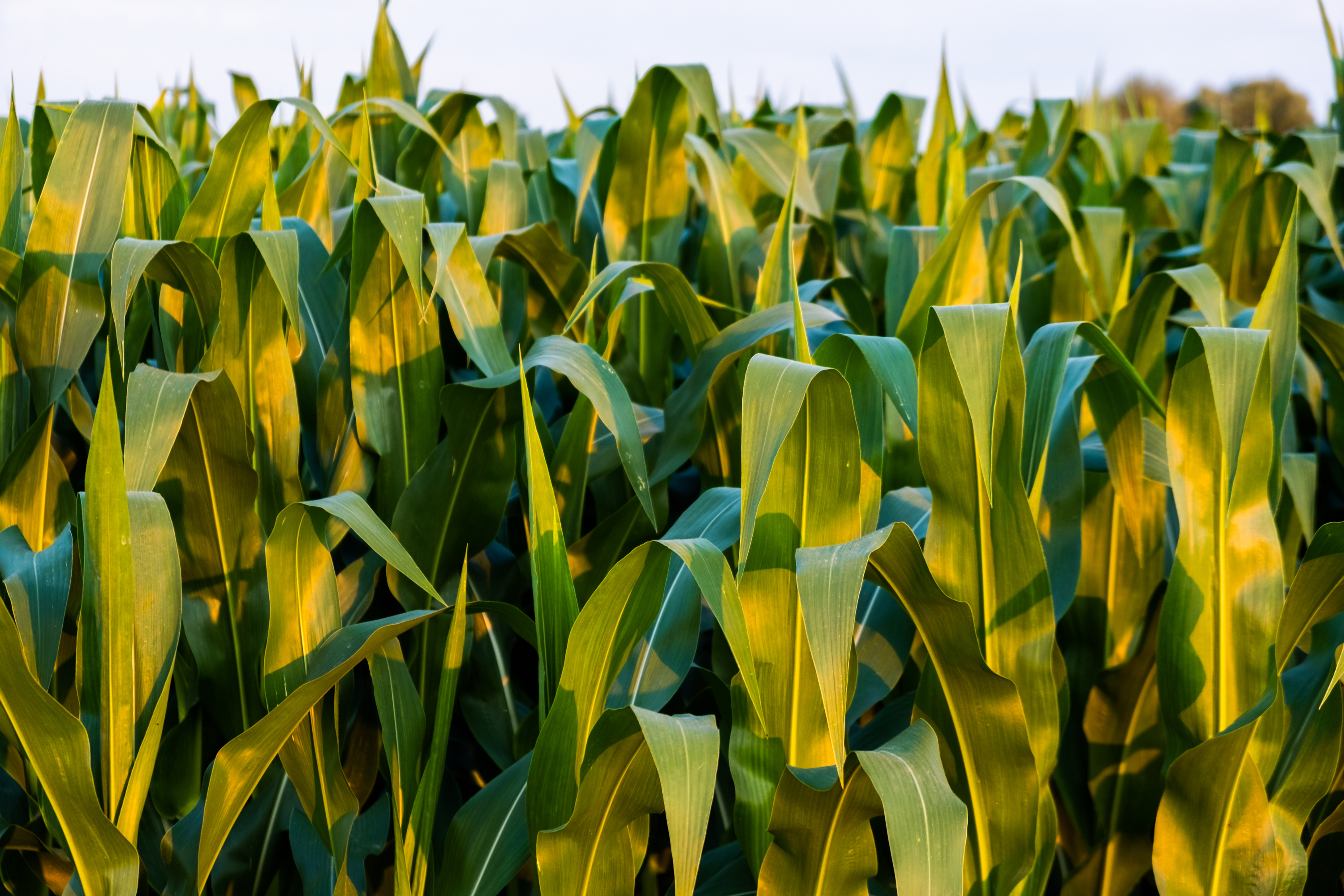
Understanding Multi-Peril Crop Insurance: A Safety Net for American Farmers
Farming is a business deeply rooted in the unpredictability of nature. One bad hailstorm, a prolonged drought, or a sudden plant disease outbreak can wipe out months of hard work and financial investment. That’s why crop insurance exists—to provide farmers with a reliable tool for managing risk.
One of the most widely used tools in this risk management toolbox is Multi-Peril Crop Insurance (MPCI). Backed by the USDA’s Risk Management Agency (RMA), MPCI is designed to help farmers weather both literal and financial storms. Here's what you need to know about how it works, who it's for, and how it can make a difference on your farm.
What Is Multi-Peril Crop Insurance?
Multi-Peril Crop Insurance is a type of federally subsidized insurance policy that protects farmers against a wide range of natural and market-related risks. Unlike single-peril policies (which cover only hail or fire), MPCI covers many common causes of crop loss in one comprehensive package.
Covered Perils Typically Include:
-
Drought
-
Excessive moisture
-
Hail
-
Frost
-
Insects and disease
-
Fire
-
Wildlife damage (in some cases)
-
Decline in market price (with certain coverage options)
How It Works
When a farmer purchases MPCI, they choose a coverage level (typically 50% to 85% of their average yield or expected revenue) and a policy type. Premiums are partially subsidized by the federal government, and the farmer pays the rest.
If the farmer experiences a qualifying loss during the growing season, they file a claim. A crop insurance adjuster assesses the situation, and the farmer receives a payment based on the terms of the policy.
Types of MPCI Coverage
There are several options under the MPCI umbrella, allowing farmers to tailor their coverage to their operation and risk tolerance.
1. Yield Protection (YP)
-
Covers: Losses due to low yield caused by natural disasters.
-
Example: A wheat farmer in Kansas typically harvests 60 bushels per acre. A summer drought reduces his yield to 35 bushels per acre. With YP coverage at 70%, his insurance pays for the loss below 42 bushels per acre (70% of his average yield).
2. Revenue Protection (RP)
-
Covers: Both yield losses and revenue shortfalls due to price drops.
-
Example: A corn farmer in Iowa expects to produce 150 bushels per acre, and the spring projected price is $5.50 per bushel. If weather reduces yields and corn prices drop to $4.50 per bushel by harvest, RP ensures the farmer is compensated for both the lower yield and the lower price.
3. Revenue Protection with Harvest Price Exclusion (RP-HPE)
-
Covers: Revenue shortfalls, but does not adjust for higher harvest-time prices.
-
Useful for: Farmers who want to lower their premiums and don’t need protection against price volatility.
Real-World Example
Let’s say Sarah owns a 500-acre soybean farm in Missouri. She chooses a Revenue Protection policy at 75% coverage. Her average yield is 45 bushels per acre, and the projected price is $13 per bushel.
Expected Revenue per Acre:
45 bushels × $13 = $585
Guaranteed Revenue (75%):
$585 × 0.75 = $438.75 per acre
If a wet spring and early frost reduce her yield to 30 bushels per acre, and soybean prices fall to $12 at harvest:
Actual Revenue per Acre:
30 × $12 = $360
Because Sarah’s actual revenue is below the guaranteed revenue, she will receive an indemnity payment to make up the $78.75 difference per acre, helping her offset her loss and plan for the next season.
Who Is Eligible?
MPCI is available to all producers who grow insurable crops in eligible counties.
Commonly insured crops include:
-
Corn
-
Soybeans
-
Wheat
-
Cotton
-
Rice
-
Barley
-
Sorghum
-
Peanuts
-
Many fruits and vegetables
Farmers must apply through an approved crop insurance agent. The sign-up deadline varies by crop and location but is generally set prior to the planting season.
Why Farmers Use MPCI
Multi-Peril Crop Insurance is popular because it offers:
-
Broad protection against multiple risks
-
Customizable coverage levels and options
-
Financial stability and risk management
-
Access to farm credit (many lenders require insurance)
With climate variability and volatile markets, MPCI helps farmers avoid devastating losses and gives them confidence to invest in their operations year after year.
Final Thoughts
Multi-Peril Crop Insurance isn’t just a safety net—it’s a strategic tool for building a resilient farm business. Whether you’re a large-scale corn grower or a specialty crop farmer with diverse acreage, MPCI can be tailored to meet your needs and help protect your livelihood.
To learn more or to find a crop insurance agent near you, visit the USDA Risk Management Agency website at www.rma.usda.gov.
Up next: Catastrophic Coverage: Basic Protection for the Toughest Seasons
Share


